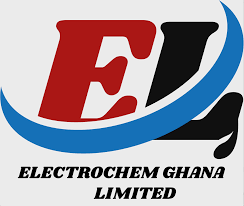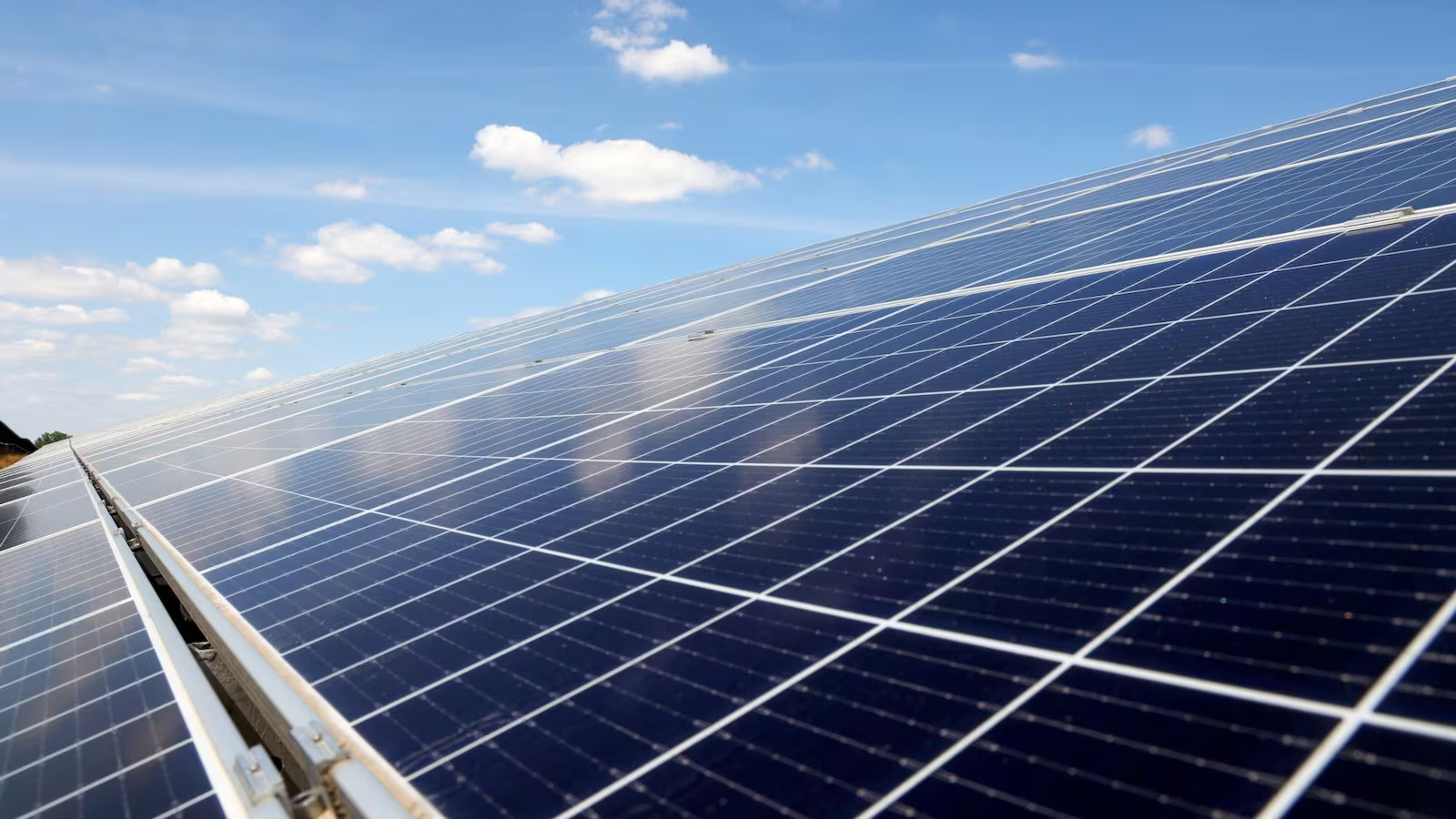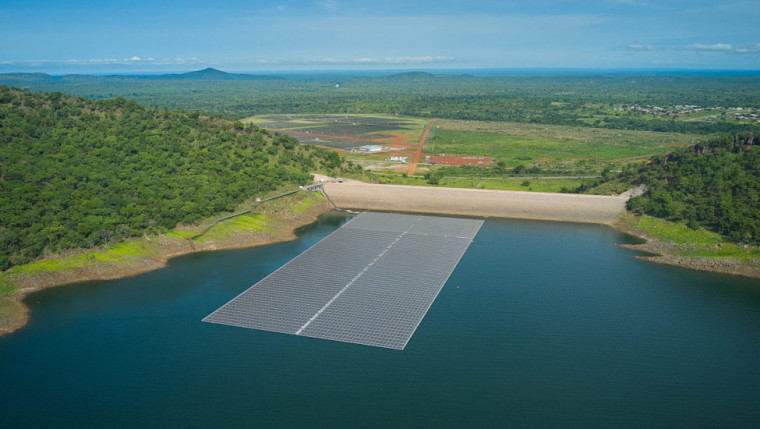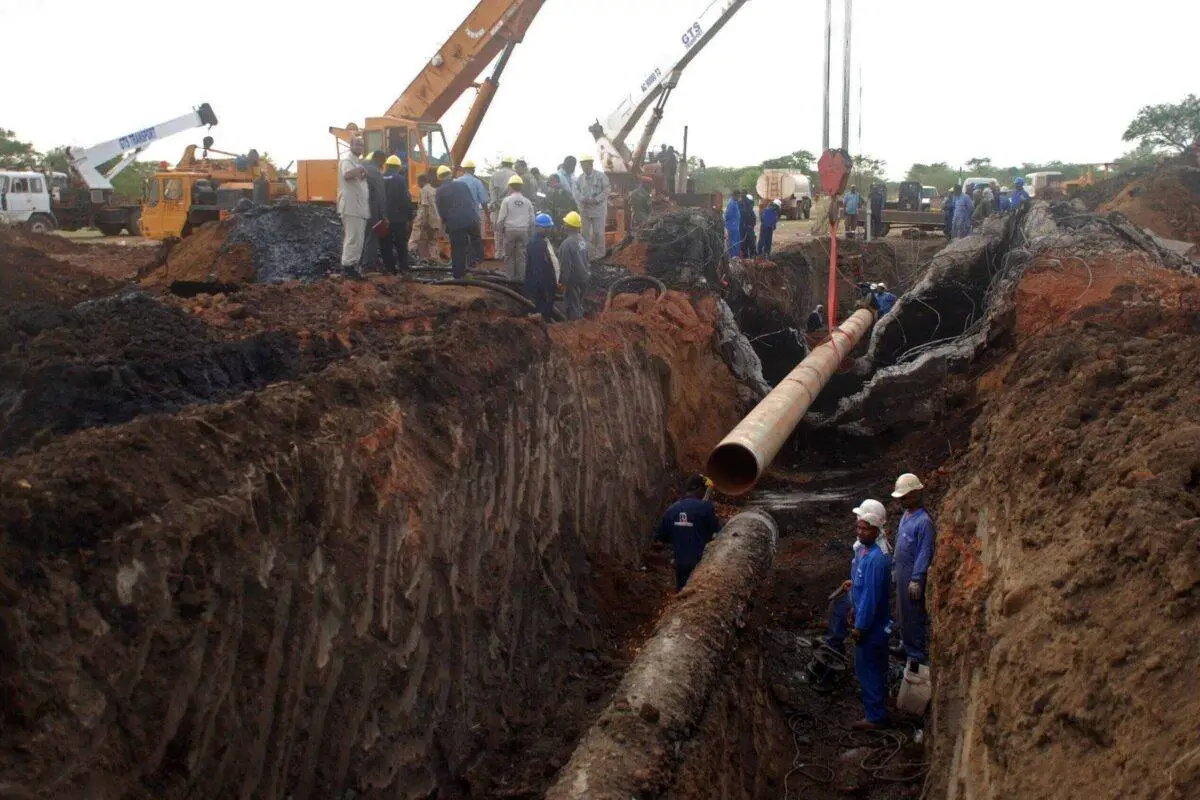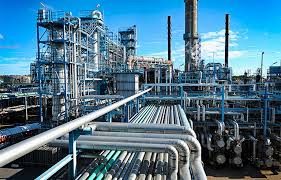Generation

Geothermal energy has huge potential to generate clean power
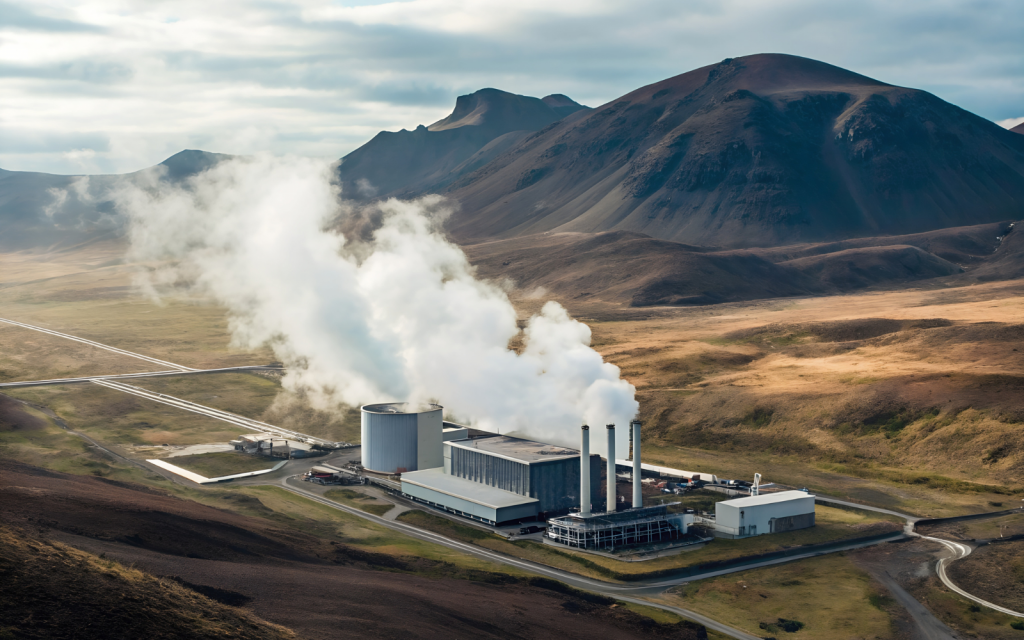
Geothermal energy is attracting rising investment as a reliable, low-emission power source that can provide continuous electricity almost anywhere on the planet. With the ability to work 24/7 regardless of weather conditions, geothermal offers a stable complement to solar and wind power.
Rising Investment and Potential
- North American geothermal installations attracted US$1.7 billion in public funding in Q1 2025 alone
- The U.S. Geological Survey estimates geothermal sources in the Great Basin could meet up to 10% of national electricity demand
- International Energy Agency projects geothermal could provide 15% of world's electricity by 2050
Why Geothermal is Unique
Geothermal energy taps into heat beneath the Earth's surface to generate electricity or provide direct heating with several advantages:
- Runs continuously, providing consistent baseload power
- Closed-loop water systems with few emissions
- Long-term viability - some facilities have operated for over a century
Types of Geothermal Systems
Hydrothermal Systems
- Tap into underground hot water and steam in geologically active areas
- Concentrated in California, Nevada, Utah, Iceland, and Philippines
- Proven long-term technology with century-old operations
Enhanced Geothermal Systems
- Create electricity-generating processes anywhere by drilling deep holes
- Inject fluid into hot rocks to create fractures, similar to fracking
- Use multiple wells for water circulation and heat extraction
- Can repurpose abandoned oil and gas wells, reducing costs and environmental impact
Ground Source Heat Pumps
- Use stable underground temperatures for heating/cooling
- Serve individual homes, commercial buildings, or developments
- More efficient than air-source heat pumps
Direct-Use Applications
- Use geothermal heat directly for agriculture, aquaculture, and industrial processes
- Currently deliver over 100,000 megawatts of thermal capacity worldwide
- Potential for mineral extraction, including lithium from geothermal fluids
Current Projects and Advancements
- Fervo Energy's Utah project aims to deliver 500 megawatts by 2028
- Costs becoming competitive - projected at $50 per megawatt-hour by 2035
- Enhanced systems can adjust output to meet demand rather than running at maximum capacity
- Can power clean hydrogen production and carbon removal efforts
Challenges and Considerations
- High initial drilling costs
- Enhanced systems risk causing earthquakes
- Potential hydrogen sulfide emissions (though modern plants capture 99.9%)
- Water usage, though closed-loop systems minimize consumption
Despite these challenges, geothermal energy's reliability, low emissions, and scalability position it as a vital component of a stable, low-carbon energy future that complements solar and wind resources.



